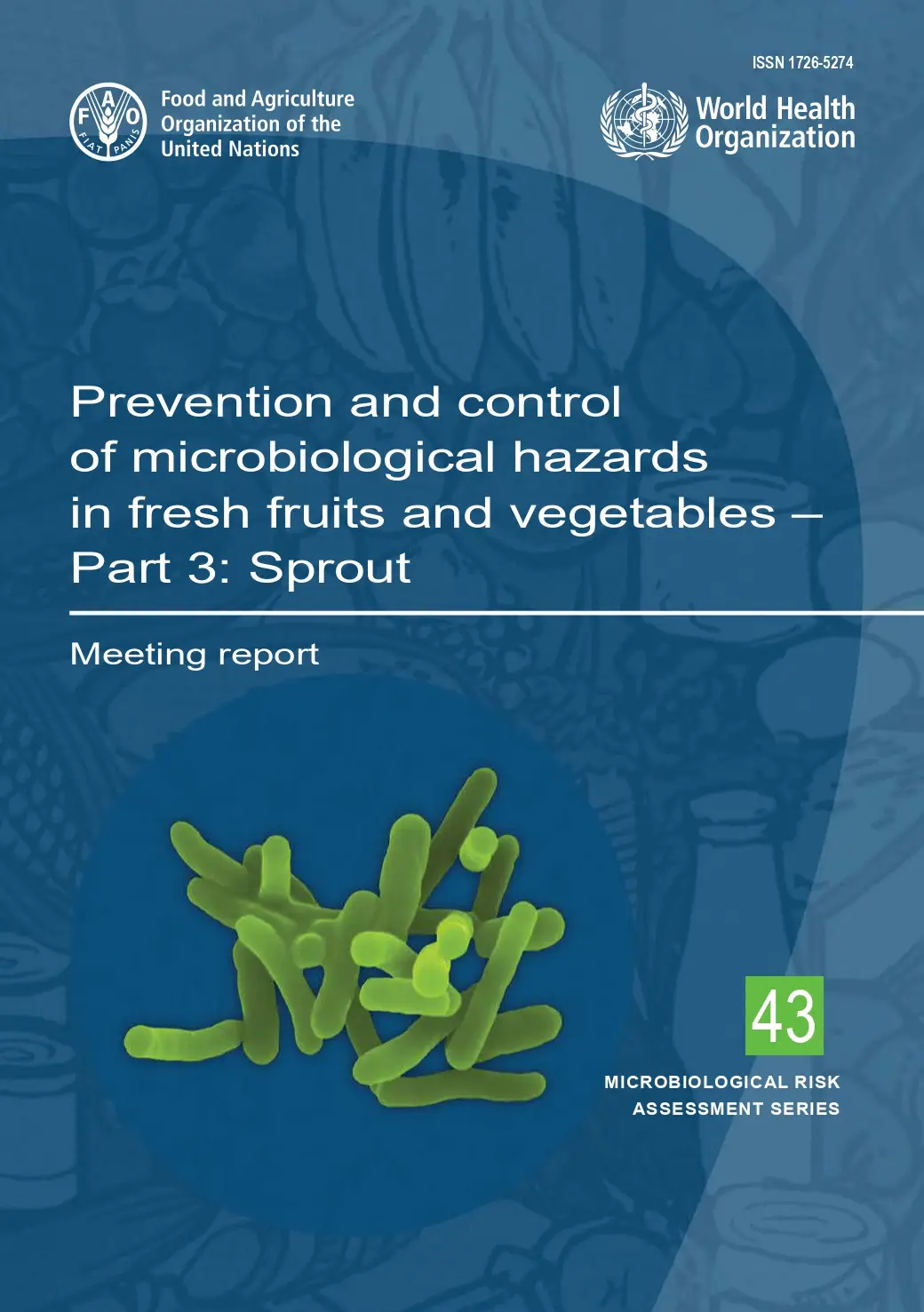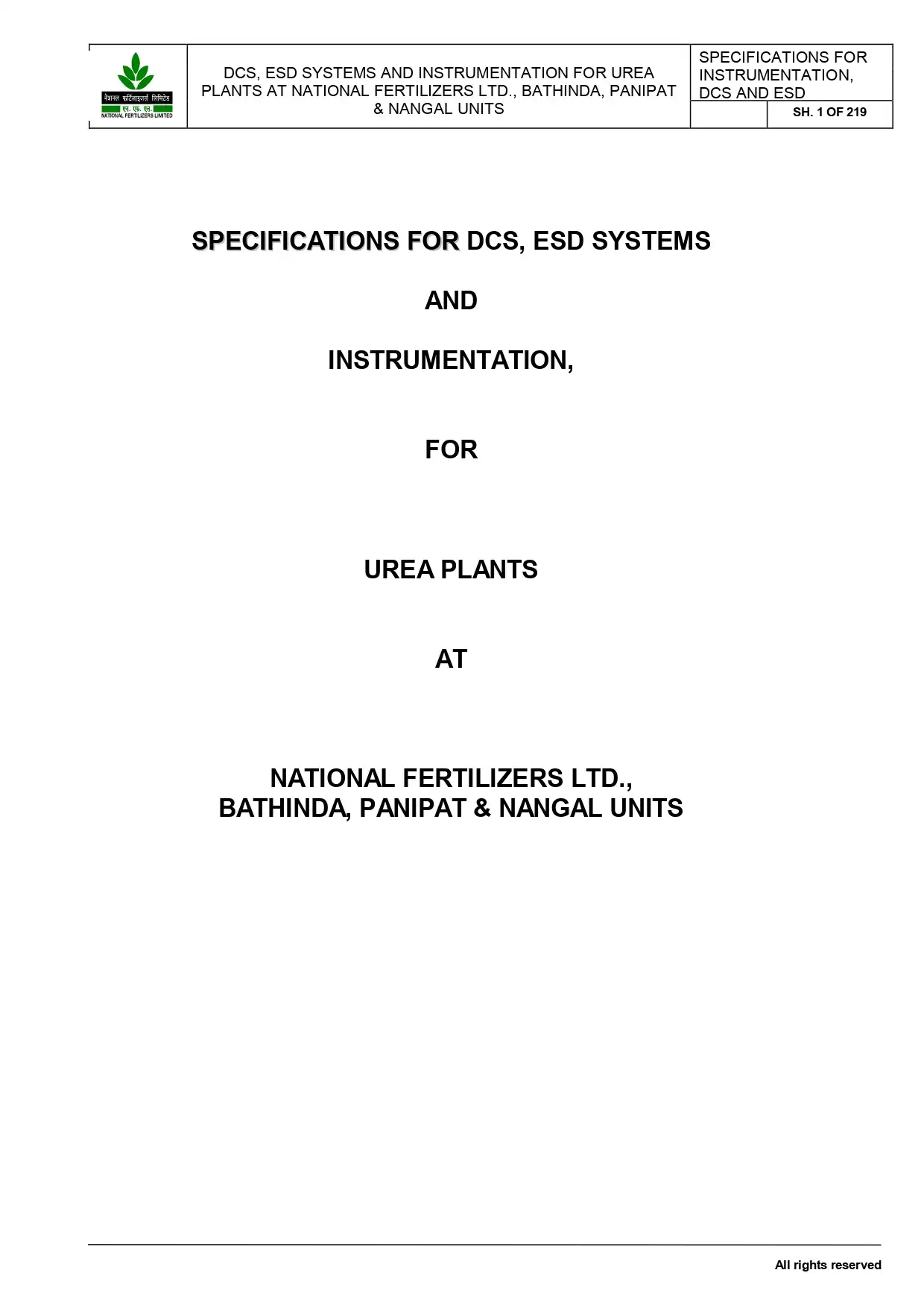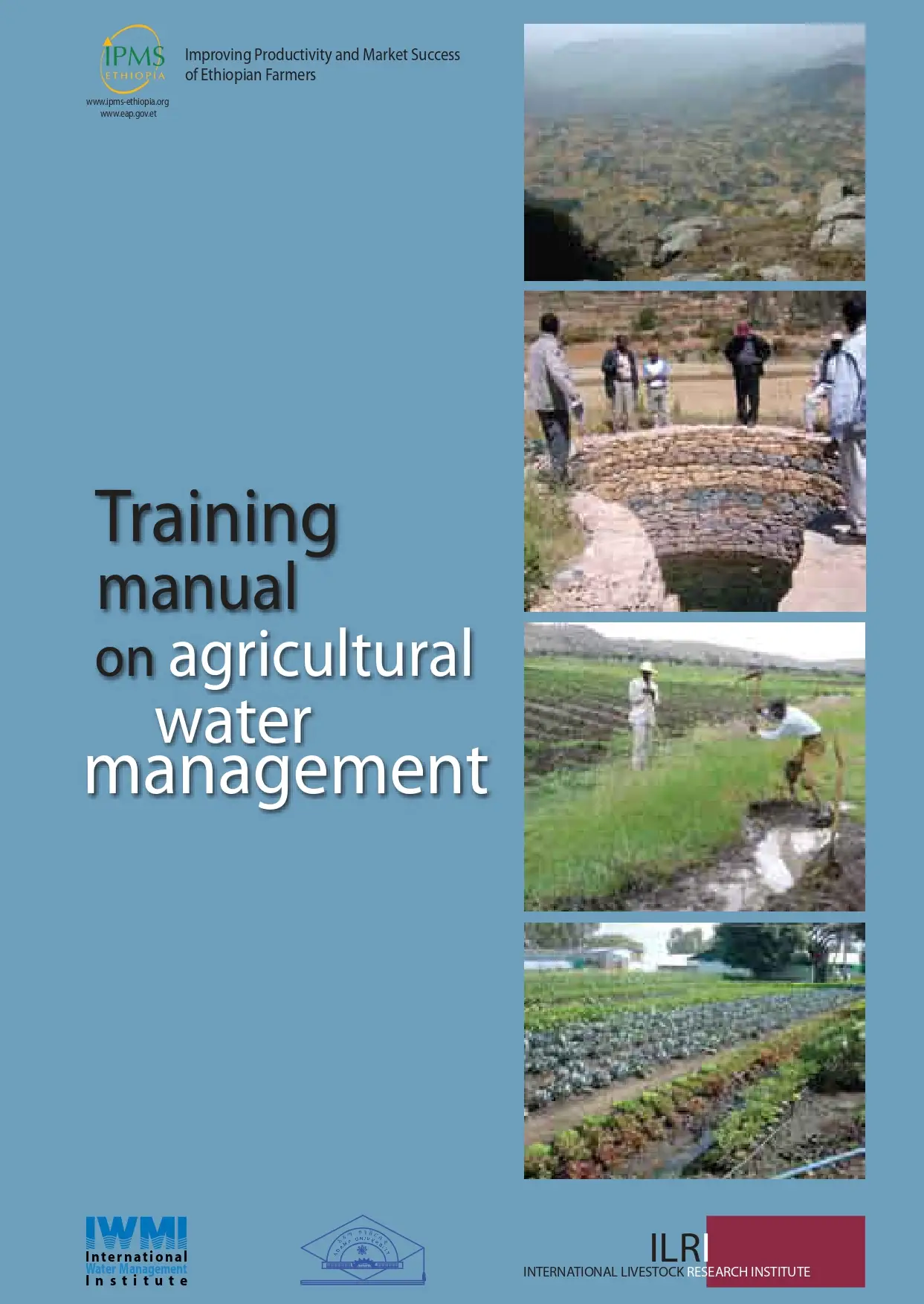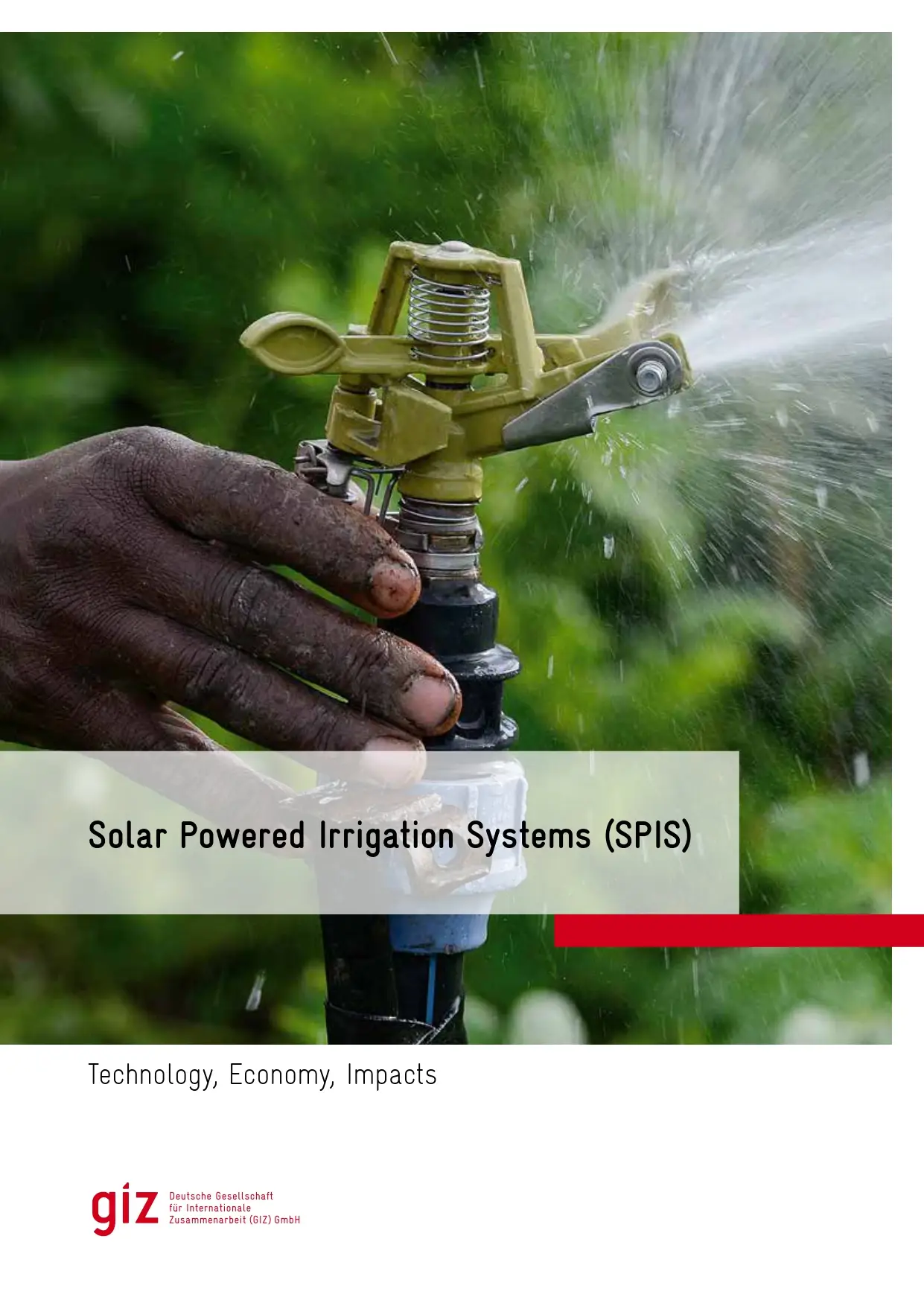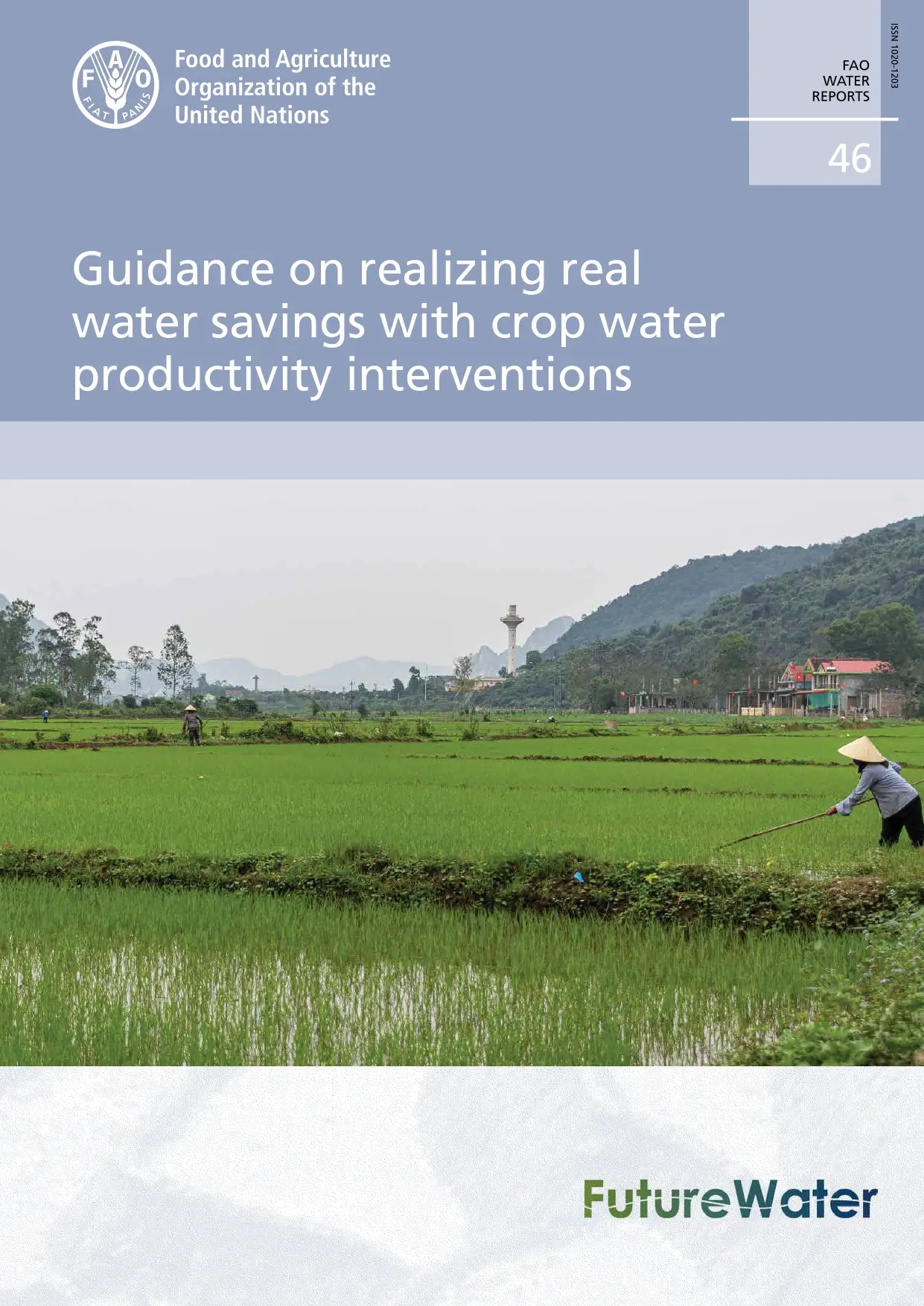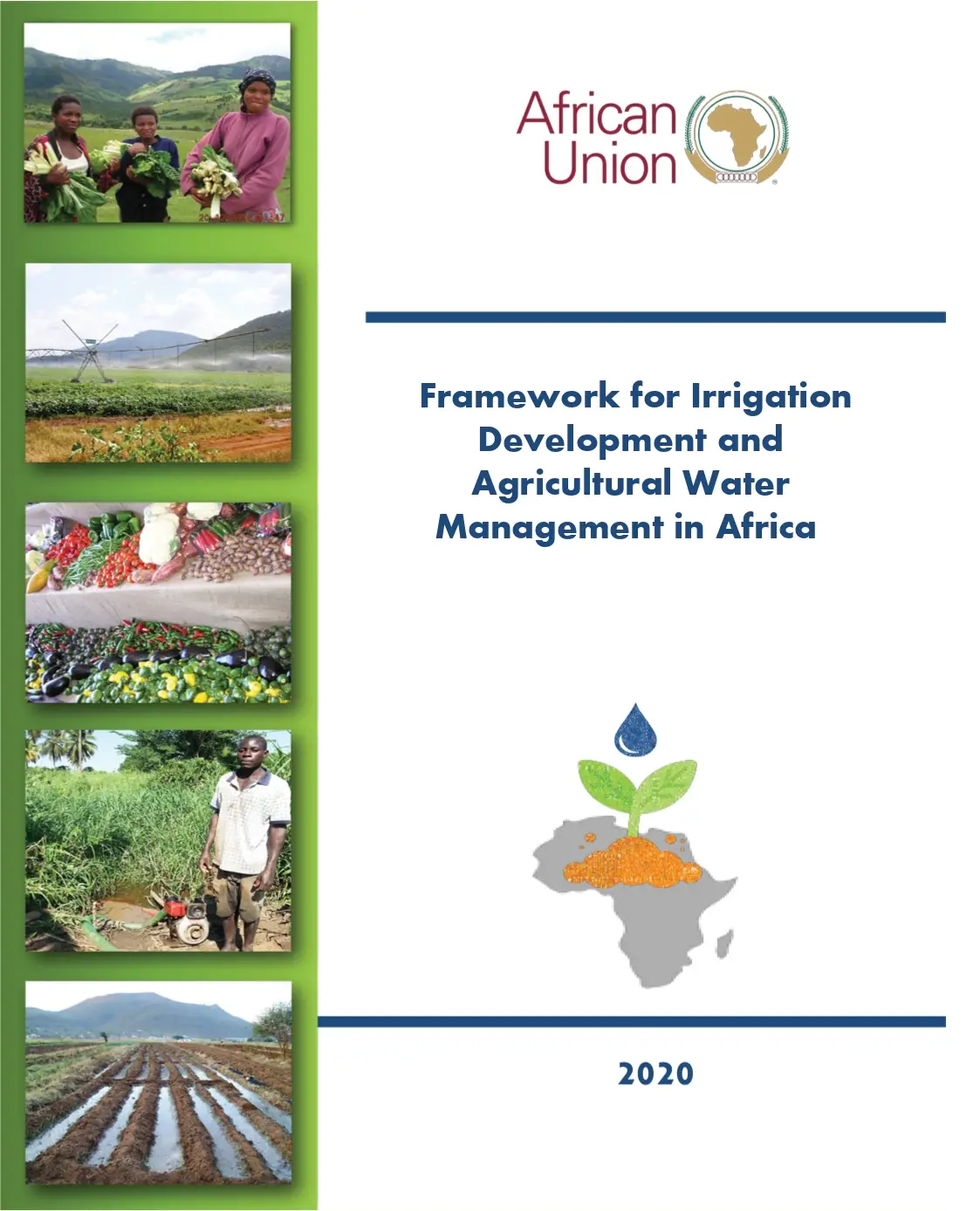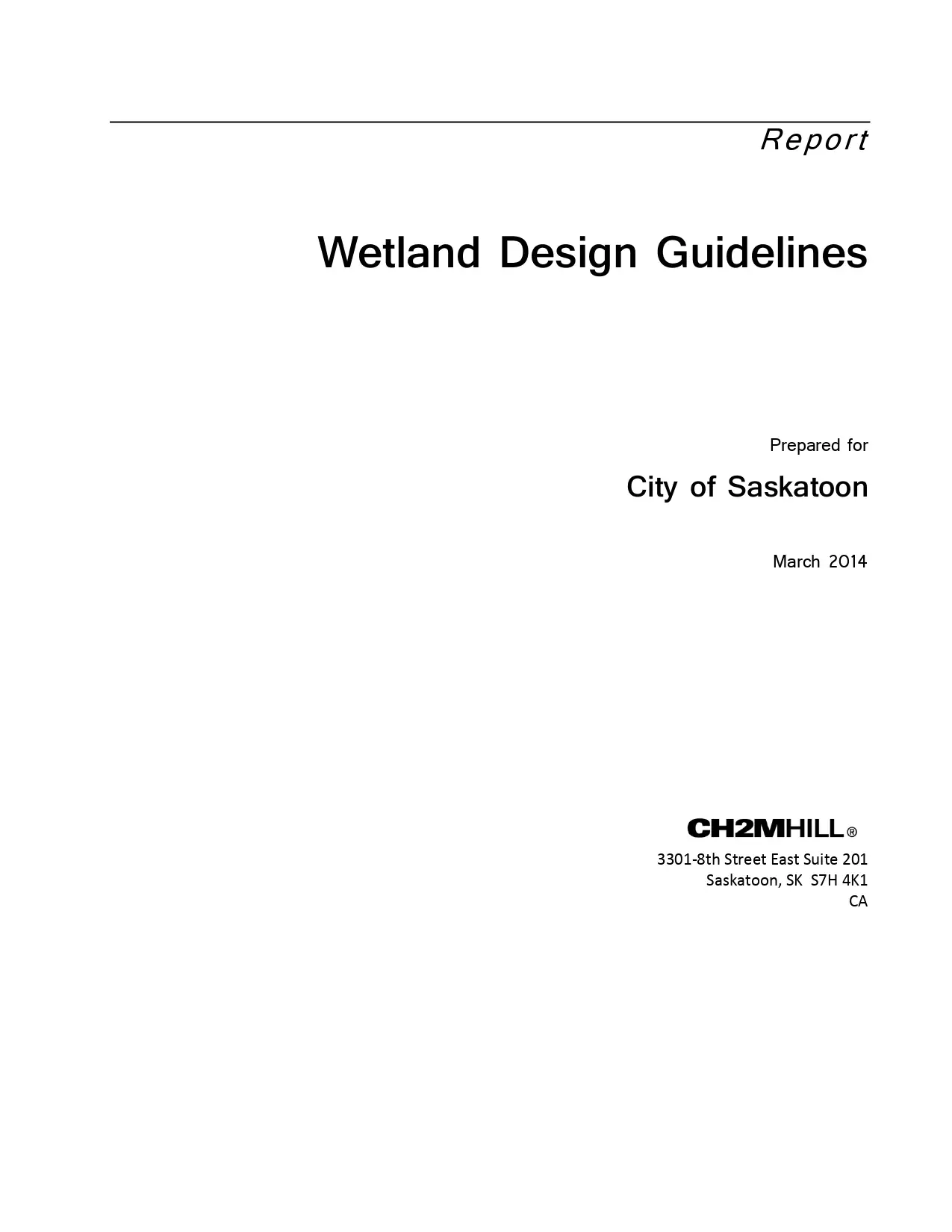Irrigation Systems Design Manual (Volume1)
This Irrigation Manual provides a foundation for sustainable development of the irrigation system in line with Abu Dhabi 2030 Urban Structure Framework Plan (UPC 2030), Abu Dhabi Landscape Master Plan, Estimada Guidelines and Environment Agency-Abu Dhabi (EAD)’s Environmental Strategy 2030. The Irrigation Manual builds on Estimada guidelines to produce an irrigation design and management strategy which promotes low water demand through efficient irrigation networks.
Irrigation Systems Design Manual (Volume1)
This Irrigation Manual provides a foundation for sustainable development of the irrigation system in line with Abu Dhabi 2030 Urban Structure Framework Plan (UPC 2030), Abu Dhabi Landscape Master Plan, Estimada Guidelines and Environment Agency-Abu Dhabi (EAD)’s Environmental Strategy 2030. The Irrigation Manual builds on Estimada guidelines to produce an irrigation design and management strategy which promotes low water demand through efficient irrigation networks.
The Effect of Hydrology on Soil Erosion
Abstract: In this Special Issue, we have tried to include manuscripts about soil erosion and degradation processes and the accelerated rates due to hydrological processes and climate change. We considered that the main goal was successfully reached. The new research focused on measurements, modelling, and experiments under field or laboratory conditions developed at different scales (pedon, hillslope, and catchment) were submitted and published. This Special Issue received investigations from different parts of the world such as Ethiopia, Morocco, China, Iran, Italy, Portugal, Greece and Spain, among others. We are happy to see that all papers presented findings characterized as unconventional, provocative, innovative and methodologically new. We hope that the readers of the journal Water can enjoy and learn about hydrology and soil erosion using the published material, and share the results with the scientific community, policymakers and stakeholders new research to continue this amazing adventure, featuring plenty of issues and challenges.
The Effect of Hydrology on Soil Erosion
Abstract: In this Special Issue, we have tried to include manuscripts about soil erosion and degradation processes and the accelerated rates due to hydrological processes and climate change. We considered that the main goal was successfully reached. The new research focused on measurements, modelling, and experiments under field or laboratory conditions developed at different scales (pedon, hillslope, and catchment) were submitted and published. This Special Issue received investigations from different parts of the world such as Ethiopia, Morocco, China, Iran, Italy, Portugal, Greece and Spain, among others. We are happy to see that all papers presented findings characterized as unconventional, provocative, innovative and methodologically new. We hope that the readers of the journal Water can enjoy and learn about hydrology and soil erosion using the published material, and share the results with the scientific community, policymakers and stakeholders new research to continue this amazing adventure, featuring plenty of issues and challenges.
Landscape Irrigation Design Standards
Landscape Irrigation Design Standards represent the findings of a study to research options for improving irrigation efficiencies. The issues related to inefficient irrigation were researched with the conclusion that the development of an efficiency guide (Landscape Irrigation Design Standards) for irrigation systems is needed to provide a framework to improve irrigation system efficiency with the goal to protect our water resources.
Landscape Irrigation Design Standards
Landscape Irrigation Design Standards represent the findings of a study to research options for improving irrigation efficiencies. The issues related to inefficient irrigation were researched with the conclusion that the development of an efficiency guide (Landscape Irrigation Design Standards) for irrigation systems is needed to provide a framework to improve irrigation system efficiency with the goal to protect our water resources.
Soil Water Conservation Dynamics and Impact
To meet the needs of the increasing world population is one of the major challenges of our time. At the same time, the high demands for food production have major impacts on soil and water resources. Scarcity of water has been universally recognized as a global issue. Moreover, climate change has profound effects on the hydrological cycle, thus, reducing the availability of water resources in many environments. Basic human needs like food and clean water are strictly related to the maintenance of healthy and productive soils.
Soil Water Conservation Dynamics and Impact
To meet the needs of the increasing world population is one of the major challenges of our time. At the same time, the high demands for food production have major impacts on soil and water resources. Scarcity of water has been universally recognized as a global issue. Moreover, climate change has profound effects on the hydrological cycle, thus, reducing the availability of water resources in many environments. Basic human needs like food and clean water are strictly related to the maintenance of healthy and productive soils.
Training Manual On Agricultural Water Management
Water is the greatest resource to human beings. Socioeconomic development and the civilization of human beings are closely associated to man’s ability to utilize and control water resources. Water serves as a positive input for many activities: it meets essential biological needs; it acts as a basic element of social and economic infrastructure; and it serves as a natural amenity contributing to psychological welfare. Water also serves in negative roles such as flooding and diseases transmission. From the earliest days of recorded history, man has recognized the dual nature of water as destroyer and benefactor. Major natural disasters, most notably the Sahelian drought and the loss of tens of thousands of lives as well as coastal and river floods, have brought the subject of water onto the world stage in recent years.
Training Manual On Agricultural Water Management
Water is the greatest resource to human beings. Socioeconomic development and the civilization of human beings are closely associated to man’s ability to utilize and control water resources. Water serves as a positive input for many activities: it meets essential biological needs; it acts as a basic element of social and economic infrastructure; and it serves as a natural amenity contributing to psychological welfare. Water also serves in negative roles such as flooding and diseases transmission. From the earliest days of recorded history, man has recognized the dual nature of water as destroyer and benefactor. Major natural disasters, most notably the Sahelian drought and the loss of tens of thousands of lives as well as coastal and river floods, have brought the subject of water onto the world stage in recent years.
Solar Powered Irrigation Systems (SPIS)
Irrigated agriculture is an important factor for local economic development in most developing countries. Reliable and affordable access to irrigation water is hence key to food security and poverty reduction. Manual lifting of irrigation water reduces the scope for crop cultivation and the efficiency of irrigation – it does not, for example, allow for the pressurised systems that are required for water-saving microirrigation techniques. In the absence of reliable electricity supply due to intermittent service or even a complete lack of grid connection, farmers in developing countries often must rely on fossil fuel driven pumps for water abstraction and conveyance. This technology has low initial investment costs but incurs high operation costs and is prone to outages due to an insufficient fuel supply and frequent maintenance and repair. A reliable and cost-effective supply of irrigation water is therefore a limiting production factor in many rural areas of the developing world.
Solar Powered Irrigation Systems (SPIS)
Irrigated agriculture is an important factor for local economic development in most developing countries. Reliable and affordable access to irrigation water is hence key to food security and poverty reduction. Manual lifting of irrigation water reduces the scope for crop cultivation and the efficiency of irrigation – it does not, for example, allow for the pressurised systems that are required for water-saving microirrigation techniques. In the absence of reliable electricity supply due to intermittent service or even a complete lack of grid connection, farmers in developing countries often must rely on fossil fuel driven pumps for water abstraction and conveyance. This technology has low initial investment costs but incurs high operation costs and is prone to outages due to an insufficient fuel supply and frequent maintenance and repair. A reliable and cost-effective supply of irrigation water is therefore a limiting production factor in many rural areas of the developing world.
Guidance On Realizing Real Water Savings With Crop Water Productivity Interventions
Executive summary
This technical document contains clear and practical guidelines on how to implement ‘real’ water savings in agriculture through interventions for enhancing crop water productivity. A distinction is made between real water savings and ‘apparent’ water savings. Apparent water savings record reductions in water withdrawals but do not account for changes in water consumption. Real water savings record reductions in water consumption and non-recoverable return flows (runoff or percolation). This guidance document emphasizes the paradox of water savings at field and basin scales, which usually do not translate into increased water availability for other users as is commonly believed.
Guidance On Realizing Real Water Savings With Crop Water Productivity Interventions
Executive summary
This technical document contains clear and practical guidelines on how to implement ‘real’ water savings in agriculture through interventions for enhancing crop water productivity. A distinction is made between real water savings and ‘apparent’ water savings. Apparent water savings record reductions in water withdrawals but do not account for changes in water consumption. Real water savings record reductions in water consumption and non-recoverable return flows (runoff or percolation). This guidance document emphasizes the paradox of water savings at field and basin scales, which usually do not translate into increased water availability for other users as is commonly believed.
Rainfall Erosivity in Soil Erosion Processes
Abstract: Regional studies on the erosive power of rainfall patterns are still limited and the actual impacts that may follow on erosional and sedimentation processes are poorly understood. Given the several interrelated challenges of environmental management, it is also not always unclear what is relevant for the development of adaptive and integrated approaches facilitating sustainable water resource management.
Rainfall Erosivity in Soil Erosion Processes
Abstract: Regional studies on the erosive power of rainfall patterns are still limited and the actual impacts that may follow on erosional and sedimentation processes are poorly understood. Given the several interrelated challenges of environmental management, it is also not always unclear what is relevant for the development of adaptive and integrated approaches facilitating sustainable water resource management.
Framework for Irrigation Development and Agricultural Water Management in Africa
Reliable access to water is essential to increase crop production and mitigate drought across Africa. This is all the more so as climate change brings greater uncertainty and the demand for food escalates with population growth.
Framework for Irrigation Development and Agricultural Water Management in Africa
Reliable access to water is essential to increase crop production and mitigate drought across Africa. This is all the more so as climate change brings greater uncertainty and the demand for food escalates with population growth.
Water Saving In Irrigated Agriculture in Egypt
It is now more generally acknowledged that irrigated agriculture is the main engine of growth in most countries economics and can have impacts far beyond the economy of crop production especially in Egypt. However, irrigation is now coming under increasing scarcity as availability of fresh water resources is shrinking and competition among different water use sectors intensifies.
Water Saving In Irrigated Agriculture in Egypt
It is now more generally acknowledged that irrigated agriculture is the main engine of growth in most countries economics and can have impacts far beyond the economy of crop production especially in Egypt. However, irrigation is now coming under increasing scarcity as availability of fresh water resources is shrinking and competition among different water use sectors intensifies.
Wetland Design Guidelines
This document, the Wetland Design Guidelines (Guidelines), provides a basic set of guidelines to developers and designers, to aid them in understanding, siting, and design requirements for surface flow constructed wetlands (SFCW) and floating wetland island (FWI) systems within proposed developments.
Wetland Design Guidelines
This document, the Wetland Design Guidelines (Guidelines), provides a basic set of guidelines to developers and designers, to aid them in understanding, siting, and design requirements for surface flow constructed wetlands (SFCW) and floating wetland island (FWI) systems within proposed developments.





